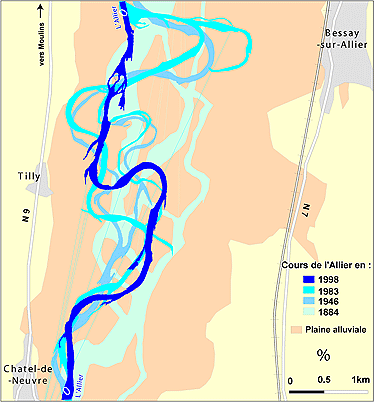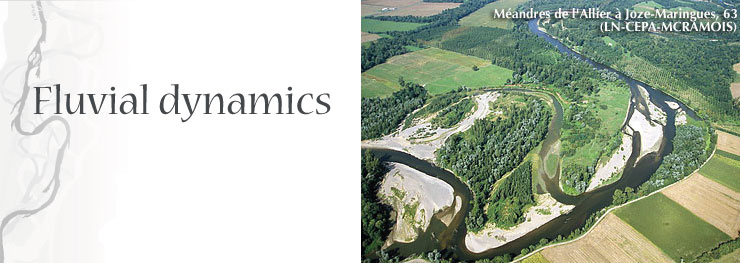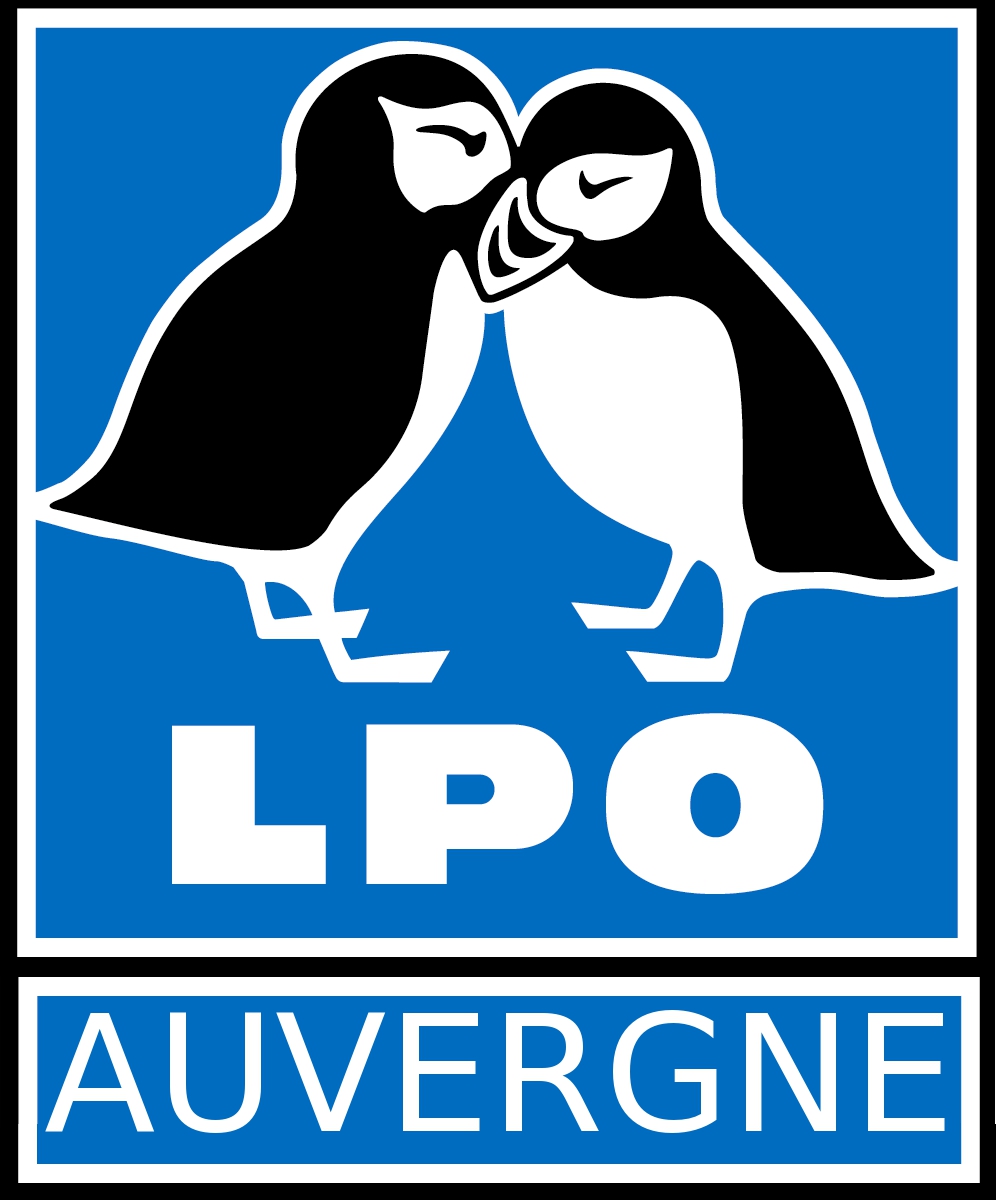|
ACROSS ITS CATCHMENT AREA
In the Upper Allier, where gradients can exceed 1% and rocks stand out, the river is influenced by the relief and tends to take up and carry a sediment load washed down from the slopes. As gradients become gentler and the valley broadens out, the Allier deposits part of this material.
When it reaches the Brivadois alluvial plain, where the sand and gravel banks erode easily, the Allier imposes its fluvial dynamics in the form of meanders.
|
FLUVIAL DYNAMICS
Energy to be dissipated
The way the water flows, due to the slope of the valley, gives it a quantity of energy that dissipates through erosion and the transport of sediment. Stream flow thus consists of both liquid and solid flows, the latter being the material transported.
The quest for dynamic balance
Both these flow rates vary over time and space, with very variable scales and proportions, from the climatic period of several millennia to the thunderstorm lasting a few hours. In that way, they are continually adjusted by the action of erosion and sedimentation (the depositing of material) in order to establish a dynamic balance. It is this set of processes which shapes the form of the watercourse and the landscape, and is the fluvial dynamics.
Schéma balance dynamique :
THE ALLIER, AN UNTAMED RIVER
As its tributaries add to its strength, the Allier displays increasingly intense dynamics as it flows downstream. Thus when it is not obstructed by rock, the Allier snakes among meanders, cutting off an old one to generate another. These unpredictable movements of the Allier, accentuated by sudden shifting of its bed during floods, make it an untamed river, dreaded by those who live along its banks.
The traces left by former watercourses bear witness to its extremely intensive dynamics. The surface area eroded by the Allier along 220 km of its course across the plain has been estimated at 420 ha over 12 years, equivalent to a mean erosion rate of more than 1,500 m²/yr/km over its length (EPTEAU, 1998). This is three times the erosion rate of the Loire measured between Villerest and Nevers!
On one of the most active sectors of the Allier (see map opposite), the erosion generated by a single meander has been assessed at 2.9 ha over 4 years, representing a mean bank retreat of 58 metres (CEPA, 2004).
Overall, the Allier presents a sinuous but non-meandering style, since it windings are not very marked. This style of the Allier, which formerly displayed multiple braided channels, will probably evolve further.
DYNAMICS WITH MANY BENEFITS
The driving force behind the Allier's ecological functioning is fluvial dynamics: while old habitats are swallowed up by the river through erosion, virgin habitats arise elsewhere as they are regenerated.
Because it regularly replaces alluvia through which the alluvial groundwater is filtered, the fluvial dynamic is also necessary for the long-term maintenance of water resources satisfactory in both quantity and quality.
Evolution du tracé de l'Allier à Châtel-de-Neuvre entre 1884 et 1998 (CEPA)

|
















 Fluvial dyn.
Fluvial dyn.